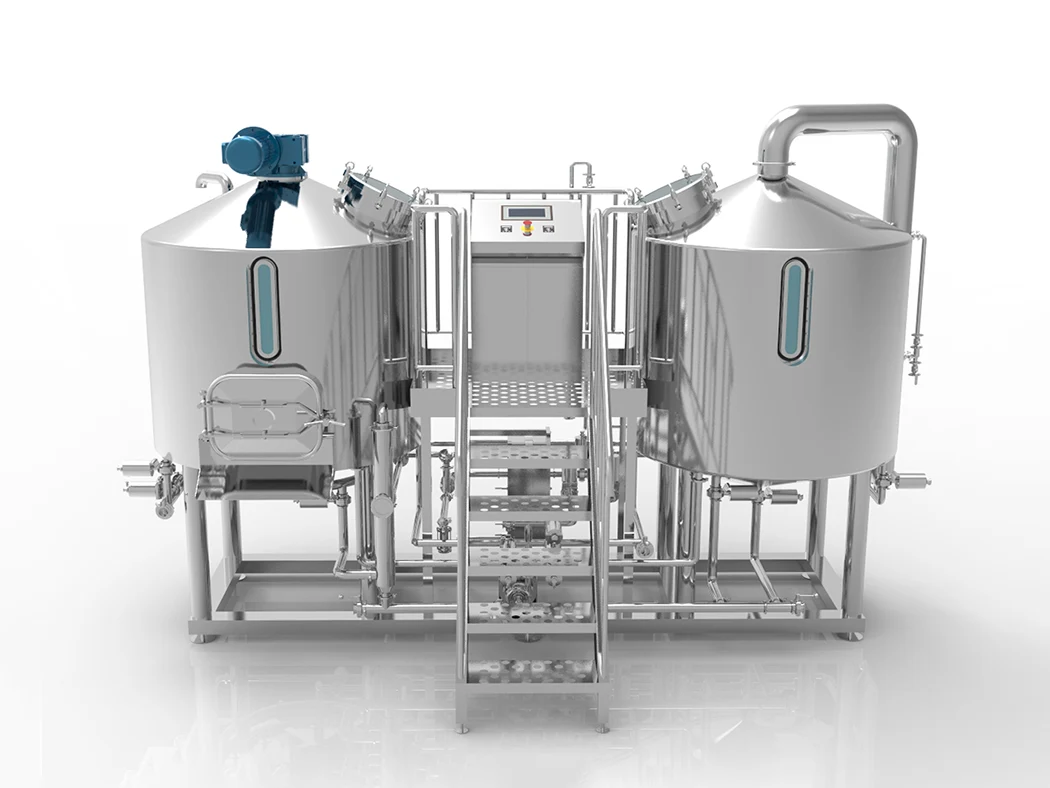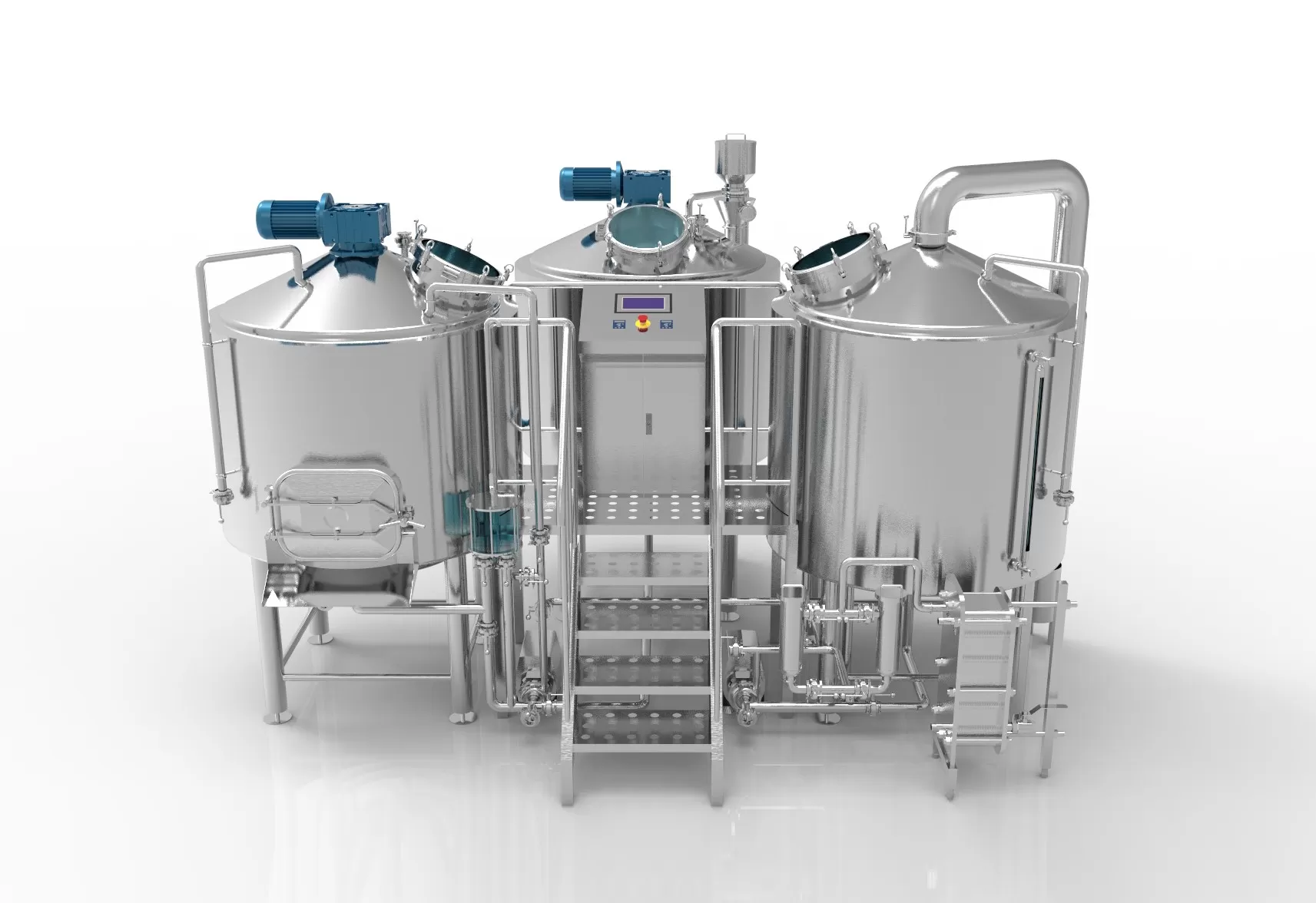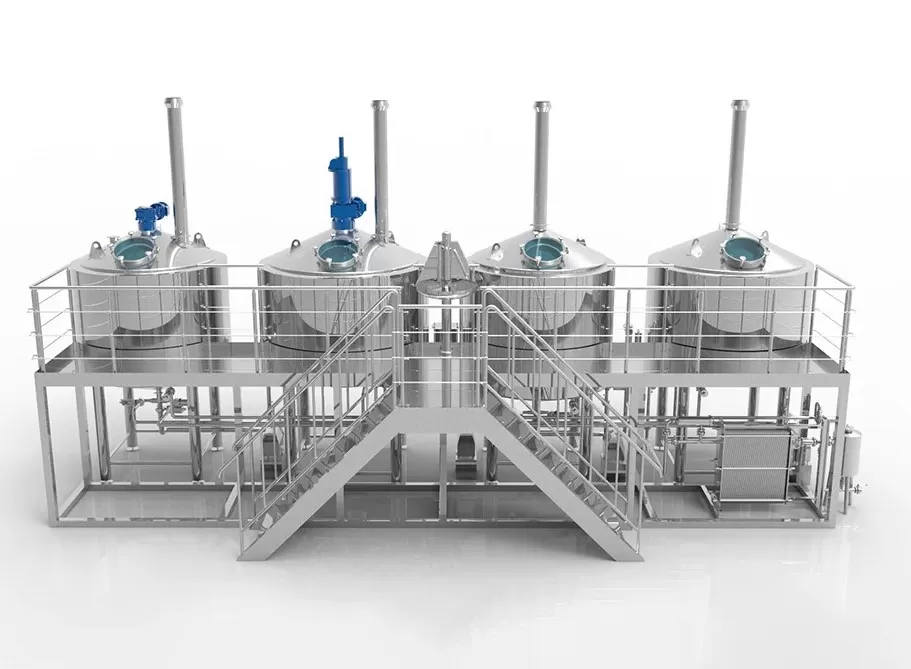あなたは 醸造所の立ち上げ あるいは 既存事業の成長? Finding the right equipment can feel overwhelming. Many brewers struggle with picking gear that fits their space, budget, and beer styles. When equipment doesn’t match your needs, it can lead to wasted money, inconsistent beer quality, and production delays.
Think about what happens when your brewing system can’t keep up with demand. Customers wait longer, your brand reputation suffers, and growth stalls. Even worse, poorly chosen equipment might require expensive repairs or complete replacement within just a few years.
幸いなことに カスタムソリューション これらの一般的な醸造上の課題に対応する醸造科学と設備工学の両方を理解している適切なパートナーがいれば、スムーズに稼働し、毎回おいしいビールができる醸造所を建設することができます。
優れた醸造設備の何が重要なのか?
良い醸造設備はあなたを助ける:
- 作る 安定したビール
- エネルギー使用量の削減
- 長期的な節約
- ビジネスの成長
- 労働者の安全を守る
世界の醸造設備の市場規模は $243億ドル で、毎年7.5%で成長している。この成長は、世界中でいかに多くの醸造所が起業し、あるいは拡大しているかを示している。
醸造所の主要設備
醸造所コンポーネント
醸造所は 醸造所の心臓部. Here you’ll find:
- マッシュ・タン:穀物がお湯に混ざるところ
- ラウター・チューン:穀物から麦汁を分離
- やかんを沸かす:ホップ入り麦汁を煮沸する
- ワールプールタンク:固形物の除去
10BBLの醸造所一式の価格は、以下の通りです。 $120,000-$250,000 しかし、30-50%を中古で購入する方がお得かもしれません。
ミセットでは 10BBL 2 容器地ビール醸造装置 は、マッシュタンとロータータンを1つの容器にまとめ、品質を維持しながらスペースとコストを節約します。
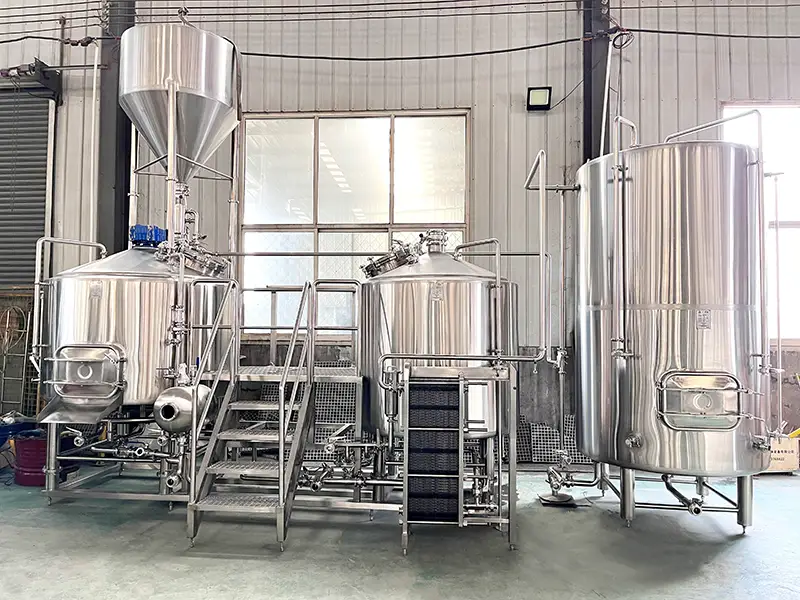
発酵・調整装置
醸造所の後、ビールは発酵する必要がある:
- コニカル発酵槽:酵母が糖分をアルコールに変える円錐形のタンク
- ユニタンク:発酵・調整用多目的タンク
- ブライトタンク:出来上がったビールの炭酸注入と保存用
- グリコール冷却システム:発酵を適温に保つ
10BBL発酵槽1つのコスト $8,000-$15,000 新しい。中古タンクは、良いものが見つかれば20-40%が安くなる。
私たちの ステンレス発酵タンク&ブライトタンク は、適切な手入れをすれば15~20年以上使えるように作られている。
包装・分注装置
ビールを顧客に届けるために必要なこと:
- 缶詰/瓶詰ライン:ビールをパッケージに入れる
- ケグウォッシャー:再利用のための樽の洗浄
- ドラフトシステム:ビールを直接サーブする
基本的な缶詰ラインのコスト $150,000-$500,000 が、手作業による包装に比べ、人件費を大幅に削減できる。
適切なサイズの機器を選ぶ
| 醸造所の規模 | 生産能力 | 典型的な必要スペース | 推定総費用 |
|---|---|---|---|
| ナノ | 1-3 BBL | 1,000平方フィート以上。 | $50,000-$150,000 |
| マイクロ | 7-15 BBL | 3,000~5,000平方フィート。 | $250,000-$500,000 |
| 大型 | 30+ BBL | 8,000平方フィート以上。 | $100万ドル以上 |
多くの醸造所は小規模でスタートするが、後に成長したいと考えている。私たちの 500L 小ロット醸造システム は、拡大する余地のある手頃なエントリー・ポイントを提供する。
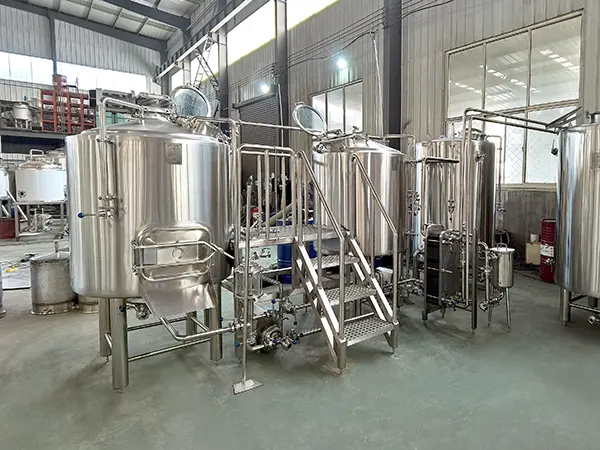
素材の品質が重要
最高の醸造設備 304または316ステンレス鋼.これらの材料:
- Don’t rust
- Don’t affect beer flavor
- 洗浄が容易
- 何年も続く
トライクランプ継手 クリーニングのためのパーツの着脱を容易にします。
掃除を簡単にする
定置洗浄(CIP)システムは時間と水を節約します。これらは
- 25%による洗浄時間の短縮
- 水の使用量を50%減らす
- 一貫した衛生管理の徹底
業界のデータによると、現在65%の醸造所が何らかのCIP自動化を使用している。
ケーススタディビール醸造所の成長の成功
A small brewery started with a 7 BBL system and soon found they couldn’t keep up with demand. Their beer was popular, but they had to turn away orders.
自動化された大型の醸造所にアップグレードした後、生産量は次のように増加した。 300% そして、わずか18ヶ月で投資を回収した。
テクノロジーが醸造を向上させる
近代的な醸造設備には、以下のようなものがある:
- コントロールパネル:醸造条件の監視と調整
- VFDポンプ:必要に応じて流速を変える
- 醸造ソフトウェア:レシピと生産データの追跡
これらの技術は、バッチのばらつきを減らし、一貫性を向上させることができる。
醸造所の立ち上げ費用
Starting a brewery isn’t cheap. Here’s what to expect:
- 設備:総コストの40%
- 建物/スペース: 20-30%
- 許認可: 5-10%
- 初期成分: 5%
- その他の費用: 15-30%
隠れたコストには、しばしば以下のようなものがある:
- インストール
- 配管・電気工事
- トレーニングスタッフ
私たちの 1000Lビール醸造システム は、予算を気にする新しい醸造所にとって大きな価値がある。
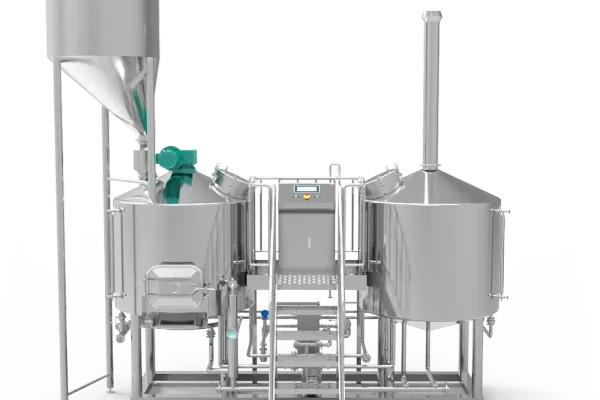
メンテナンスのベストプラクティス
良いメンテナンスは機器を長持ちさせます:
デイリータスク
- 温度センサーをチェックする
- 目に見える残留物を取り除く
- ガスケットとシールの点検
週間タスク
- グリコールラインのディープクリーニング
- pHセンサーのテスト
- ポンプの点検
避けるべき一般的な間違い
- pHセンサーの校正をスキップする
- グリコール・システムの設計不良
- ニーズに対して小さすぎるタンクの入手
トップ機器サプライヤー
機器を選ぶ際には、信頼できるこれらのブランドを検討してください:
- DMEプロセスシステム(ターンキーソリューション)
- アルファ醸造オペレーション(オートメーション重視)
- 特定の機械システム(大型システム)
- ミセット (15年以上の経験を持つカスタムソリューション)
Micetは、標準的なシステムと完全なシステムの両方を提供することで際立っています。 自動醸造システム のオプションがある。
エネルギーと持続可能性
醸造には多くのエネルギーを使う:
- エネルギーコストが占める割合 8-12% 醸造所経費
- グリコール冷却と蒸気ボイラーが醸造所エネルギーの60%を使用
- 太陽光発電による醸造でエネルギーコストを30%削減できる
当社のエネルギー効率に優れた設計は、こうした継続的なコストの削減に役立ちます。
機器の寿命
機器の寿命は?
- ステンレス製発酵槽:15~20年以上
- グリコール・チラー:10~15年
- 缶詰ライン8-12年
- 手動ボトラー:5~7年
高品質な機器を購入すれば、交換や修理の回数が減り、長期にわたって利益を得ることができる。
特別装備オプション
基本的な醸造以外にも、必要なものがあるかもしれない:
- 蒸留装置 スピリッツ製造用
- コンブチャ器具 発酵茶用
- 移動式醸造システム 柔軟性のために
私たちの 小規模・商用蒸留所向けの高品質蒸留装置 そして コンブチャ発酵タンク のオプションは、伝統的なビールの枠を広げることができる。
クラフトビール醸造設備の洞察
設備費内訳
機器の寿命
よくある質問
醸造設備を自分で作ることはできますか?
ただし、ごく少量のロットに限る。DIYの機器は、しばしば汚染や一貫性のない結果につながる。プロ仕様の機器は、安全性と品質を保証します。
What’s the lifespan of stainless steel fermenters?
適切な手入れをすれば、15~20年以上。定期的なメンテナンスと適切なクリーニングが大きな違いを生む。
醸造所にはどのくらいのスペースが必要ですか?
Nano breweries need at least 1,000 square feet. A 15 BBL system typically requires 5,000+ square feet. Always plan for more space than you think you’ll need.
中古機材は良い選択肢ですか?
中古の設備は20-50%の費用を節約できるが、損傷、摩耗、部品の欠落がないか注意深く点検すること。発酵槽や樽洗浄機は、電子部品よりも安全な中古品です。
醸造所の設置計画
醸造所を設計する際には、次のことを考慮する:
- ワークフロー:素材とビールはどのように空間を移動するのか?
- 成長:タンクの追加やアップグレードは必要ですか?
- ユーティリティ:電力、水道、排水は十分か?
- 予算: What’s most important now vs. what can wait?
当社のエンジニアリング・チームは、スペースと効率を最大化するカスタムレイアウトの作成をお手伝いします。
正しい機材の選択
Choosing brewery equipment is one of the biggest decisions you’ll make. The right system will:
- 好きなスタイルのビールを作る
- スペースと予算に合わせる
- 将来の成長に備える
- 信頼性の高いサービスを長年提供
15年以上にわたって醸造システムを開発してきたミセットは、こうした課題を理解しています。私たちの 2000L 3容器マイクロブルワリー装置 は、成長する醸造所にとって、品質、効率、価値の完璧なバランスを表している。
結論
適切な醸造設備を見つけるには慎重な計画が必要ですが、それが醸造を成功に導く土台となります。ニーズ、予算、成長計画を理解することで、長年にわたって役立つ機器を選ぶことができます。
Whether you’re starting small with a 300L 小ロット醸造システム あるいは、より大きな 30HL 5容器商業醸造設備 operation, quality equipment is an investment in your brewery’s future.
The craft brewing industry continues to grow, with the global equipment market expanding at 7.5% annually. By choosing experienced partners who understand both brewing science and equipment engineering, you’ll be well-positioned to create great beer and build a successful business.

